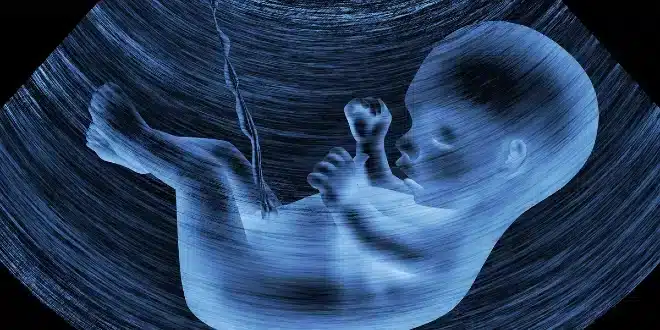A recent study has raised serious concerns about the presence of microplastics in the lungs, hearts, and brains of newborns. Conducted by researchers at Rutgers University, the study found that when newborn mice were exposed to polyamide-12 (PA-12) through inhalation, tiny plastic particles were later detected in their lungs, hearts, livers, kidneys, and brains.
The research also revealed that microplastics can pass through the placenta during pregnancy, potentially exposing the developing fetus to these particles. Additionally, the possibility that microplastics may also transfer through a mother’s milk after childbirth has not been ruled out, highlighting the alarming presence of plastic at such an early stage of life.
“Nobody wants plastic in their liver,” said Phoebe Stapleton, an associate professor of pharmacology and toxicology at Rutgers University. “Now that we know it’s there—and in other organs too—the next step is to understand why and what that means.”
Potential Impact of Microplastic Exposure in Infants
While microplastic pollution has already been linked to an increased risk of cardiovascular diseases, researchers are particularly concerned about the long-term health implications of exposure to microplastics during infancy. According to the study, exposure to pollutants and chemicals early in life can increase the risk of future health issues and chronic illnesses.
In their paper, the researchers wrote, “These findings raise concerns about the toxicological impacts of microplastic exposure, maternal-fetal health, and the systemic deposition of microplastic particles.”
Professor Stapleton acknowledged the importance of plastics in modern life but expressed hope that policies could be developed to regulate which types of plastics are less harmful. “I don’t think we’ll ever completely eliminate plastics, but we may eventually have guidelines indicating which ones pose lower risks,” she said.


